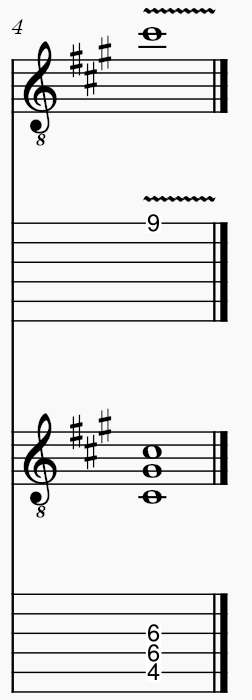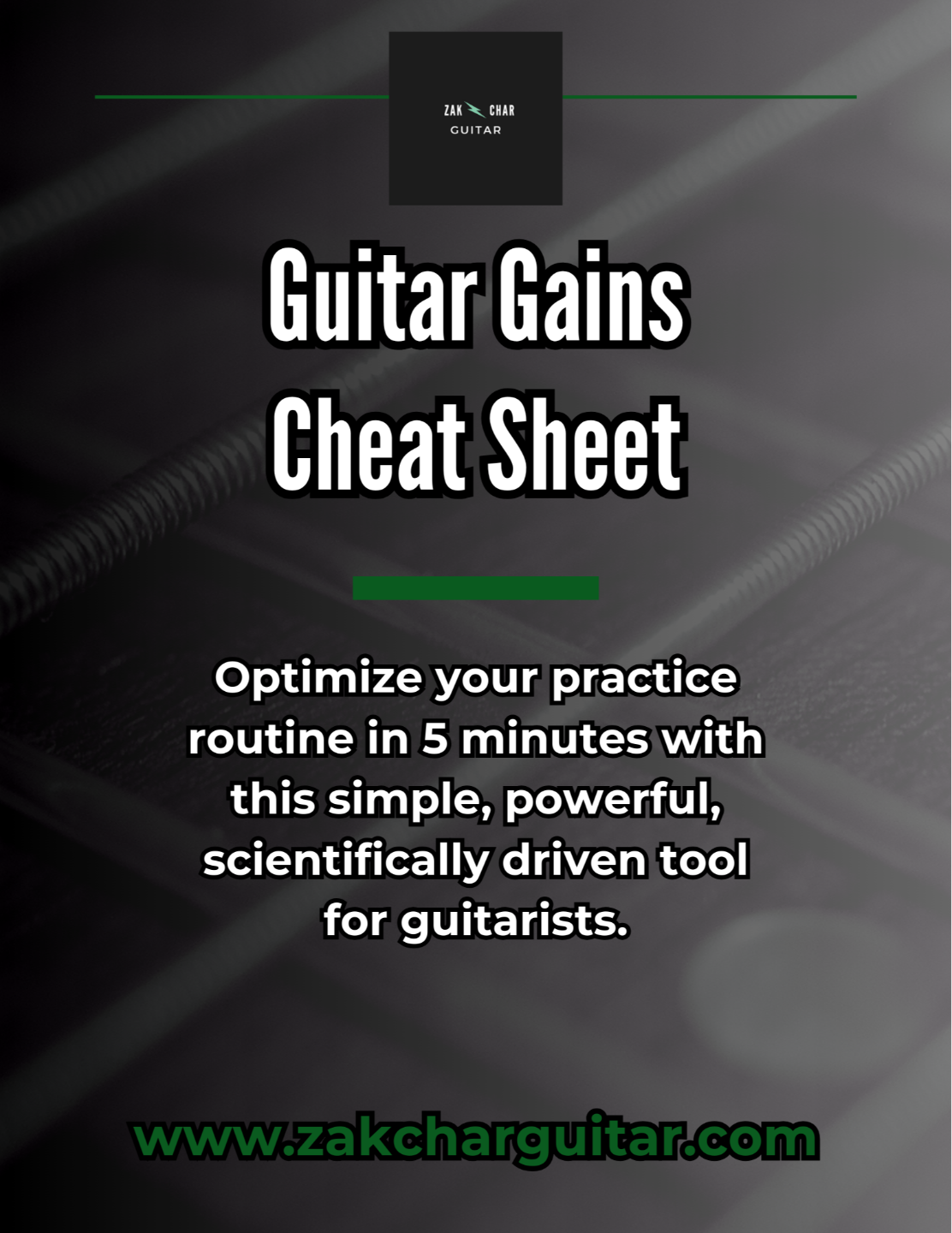Quick Start To Using Diatonic Scales For Guitar Soloing
Jun 22, 2024Earlier on in my guitar journey, I knew that scales were the foundation of guitar solos. I even knew that soloing could be approached by matching scales to corresponding keys. The main problem I faced was that I didn't know how to write a solo in a musical way. I wanted to be able to write a memorable, face-melting masterpiece that almost served as a mini song within a song. After all, isn't that why all aspiring shredders pick up a guitar in the first place? 😉
Fortunately, I learned a thing or two since then. In this lesson, I'm gonna give you some hot tips on how to use diatonic scales to write solos you can be proud of.
Conjunct vs Disjunct Motion
Diatonic scales are 7-note scales like the major and minor scales, as well as the modes. We can play through the scales using two different types of musical motion: conjunct motion and disjunct motion.
Conjunct motion is a very linear approach to sequencing notes into a melody. It involves playing in a sequential order without skipping any notes as you ascend or descend your way through a scale. Conjunct motion may be the way to go if you're just getting started. Practice ascending and descending through scales by increasing speed gradually over time. The downside of this motion is that it's difficult to use in a way that stands out musically. When you're steadily going up or down many notes at a time, it just sounds like you're just running through scales. Because that's exactly what you're doing. You make conjunct motion more interesting by periodically changing the directionality of your notes.
Disjunct motion involves greater jumps or skips between notes. The intervals played during this type of motion are greater than a step or a half step. This allows more variety in shred sequences which often present as licks. Disjunct motion is the next best step you can take after getting familiar with new scales. Using this motion in solos makes them more musical and prevents them from sounding like practice exercises. For example, instead of playing through a scale note-by-note to get from one note to another, you can climb your way between notes by ascending or descending in thirds.

Let The “Right” Notes Sing
A key consideration for crafting a musical guitar solo is to emphasize notes in a way that tells a story. One way to do this is to be intentional about notes you emphasize over others. One way to accomplish this is to let certain notes ring out. It'll help to be familiar with the chord progression and to know the notes that make up the chord you want to make a note scream over. Ideally, the note could be the same as one that already exists in the chord. For example, if you want to make a note sing over a C# power chord, you can simply hold a higher range C# note over that chord to emphasize the root. To give the note some character, you can add vibrato to it.

Rhythmic Variation
One thing you do not want to neglect in your guitar solos is rhythmic variation. If your solo consists of steady 16th notes and nothing else, it's gonna sound lifeless. As mentioned above, you can emphasize some notes by letting them ring out over chords. You could also spice up a phrase by ascending or descending through patterns that combine different rhythmic combinations. For example, you can start a shred sequence by descending through a pattern of eighth notes. From there, you can ascend your way through different note combinations by using a rhythm that holds more of a triplet feel.
Putting It All Together

In the shred sequence depicted above, you will find all the concepts discussed in this lesson in one place. Disjunct motion starts the sequence by descending through eighth notes in thirds. At the start of the second measure, conjunct motion is used to ascend through a run that possesses more of a triplet feel. While the conjunct motion is being used, the directionality of the notes is changed periodically to add variety. At the end, a C# note is plucked and given vibrato at the same time a C# power chord is played by the rhythm guitar.
Feel free to practice this sequence yourself. You may also use it as a source of inspiration for your own ideas.
Conclusion
Once you've built yourself a strong foundation by learning common diatonic scales, practicing solid technique, and understanding intervals, you can start putting the concepts I've shared in this lesson into practice. By blending conjunct motion with disjunct motion, letting the right notes sing, and adding rhythmic variation, you can give yourself unending ideas on how to write musical, memorable guitar solos. You can even reference the shred sequence I've used in this lesson to inspire your own ideas and create a complete guitar solo. The more you play around with this stuff, the better you will get at it.
Watch the full lesson here: Quick Start To Using Diatonic Scales For Guitar Soloing
Optimize your practice routine in 5 minutes with my simple, powerful, scientifically driven tool for guitarists.


